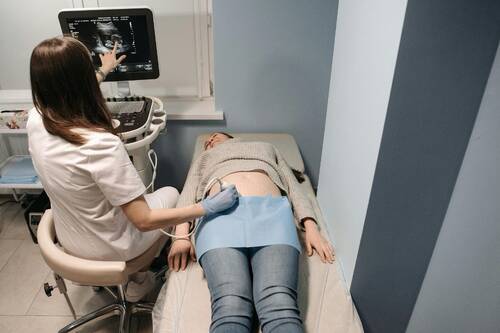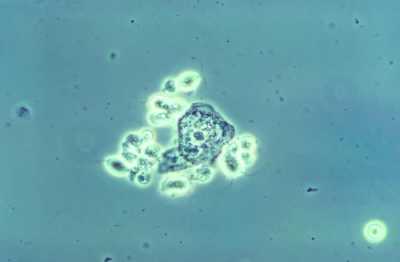Editor's note: Please discuss your personal situation regarding fertility, family planning and sperm donation with your health care providers and lawyers. Information and linked sources are not to be considered specific medical advice.
For many individuals and couples, the path to parenthood isn't straightforward. Sperm donation offers a life-changing opportunity to build families when natural conception isn't possible or available. While much attention focuses on donors and the donation process, understanding the recipient perspective provides valuable insights into how sperm donation transforms lives and creates loving families. This article explores the journey of family building through sperm donation from the recipient's viewpoint.
Who Uses Donor Sperm to Build Families?
Sperm donation helps diverse individuals and couples achieve their dreams of parenthood:LGBTQ+ Families
For many lesbian couples, transgender individuals, and gay male couples (via surrogacy), sperm donation provides a pathway to biological parenthood:- Allows one partner to have a genetic connection to the child
- Provides the experience of pregnancy and childbirth
- Creates opportunities for family building that weren't available to previous generations
- Offers choice in selecting genetic characteristics that may complement the non-biological parent
Single Parents by Choice
An increasing number of women are choosing to become parents without a partner:- Empowers women to pursue motherhood on their own timeline
- Provides an alternative to waiting for the "right partner"
- Allows for careful selection of genetic characteristics
- Creates families based on love and intention rather than traditional structures
Heterosexual Couples Facing Male Infertility
For couples dealing with male factor infertility, donor sperm offers hope:- Provides a solution when male infertility cannot be treated
- Offers an alternative to childlessness or lengthy adoption processes
- Allows the female partner to experience pregnancy and childbirth
- Creates opportunities for genetic connection through the female partner
Couples with Genetic Concerns
Some couples choose donor sperm to avoid passing on genetic conditions:- Prevents transmission of serious hereditary conditions
- Reduces anxiety about potential genetic health issues
- Provides peace of mind about child's genetic health
- Offers an alternative to complex and expensive genetic screening of embryos










